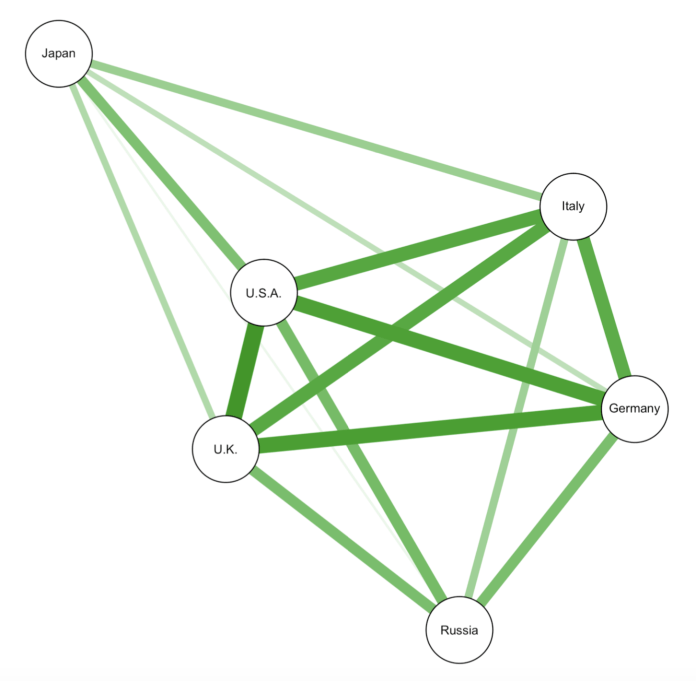
Receiver Operating Characteristic (ROC) curves used to generate recollection and familiarity parameter estimates via the Dual Process Signal Detection model of recognition memory. This plot was created using the ROC Toolbox in MATLAB (Koen et al., 2017; Version 1.1.3).
Exploring the Mechanisms that Underlie the Benefits of Retrieval Practice
An extensive literature has revealed that taking tests—or retrieval practice—benefits long-term retention of material, a finding referred to as the “testing effect” (Roediger & Karpicke, 2006; Roediger & Butler, 2011; Rowland, 2014; Tulving, 1967). Indeed, retrieving information from memory does not simply serve as a passive indication of what someone knows, but actually serves as a potent means of enhancing long-term memory. Although the robustness of the testing effect is well established, the mechanisms that underlie this benefit of retrieval practice to later memory remain unclear. This research seeks to leverage the Dual-Process Signal-Detection model of recognition memory (Yonelinas, 1994; Jacoby, 1991; Tulving, 1985) to explore the mechanisms that underlie the benefit of retrieval practice.
More on this project:
Publication: Shaffer, R. A. & McDermott, K. B. (2020)
Poster: Shaffer, R. A., Gilmore, A. W., DeSoto, K. A., and McDermott, K. B. (2017)
All experiment data: OSF Link







